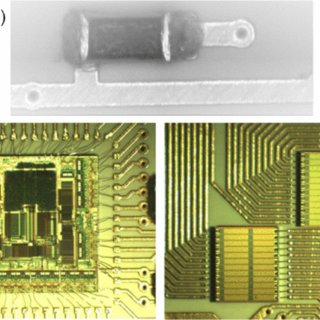Clone MCU PIC18F87K22 Firmware
Clone MCU PIC18F87K22 Firmware from program memory and data memory, extract microcontroller PIC18F87K22 code after breaking MCU security fuse bit;

The MCLR pin provides two specific device functions: Device Reset, and Device Programming and Debugging. If programming and debugging are not required in the end application, a direct connection to VDD may be all that is required. The addition of other components, to help increase the application’s resistance to spurious Resets from voltage sags, may be beneficial.
A typical configuration is shown in Figure 2-1. Other circuit designs may be implemented, depending on the application’s requirements. During programming and debugging, the resistance and capacitance that can be added to the pin must be considered. Device programmers and debuggers drive the MCLR pin if Crack MCU pic12f510 program.
Consequently, specific voltage levels (VIH and VIL) and fast signal transitions must not be adversely affected. Therefore, specific values of R1 and C1 will need to be adjusted based on the application and PCB requirements. For example, it is recommended that the capacitor, C1, be isolated from the MCLR pin during programming and debugging operations by using a jumper (Figure 2-2) before Crack microcontroller pic16f506 binary.
The jumper is replaced for normal run-time operations. Any components associated with the MCLR pin should be placed within 0.25 inch (6 mm) of the pin. The on-chip voltage regulator enable pin, ENVREG, must always be connected directly to either a supply voltage or to ground.
Tying ENVREG to VDD enables the regulator, while tying it to ground disables the regulator. Refer to Section 28.3 “On-Chip Voltage Regulator” for details on connecting and using the on-chip regulator. When the regulator is enabled, a low-ESR (< 5Ω) capacitor is required on the VCAP/VDDCORE pin to stabilize the voltage regulator output voltage before unlock pic16f57 MCU.
The VCAP/VDDCORE pin must not be connected to VDD and must use a capacitor of 10 mF connected to ground. The PGC and PGD pins are used for In-Circuit Serial Programming™ (ICSP™) and debugging purposes. It is recommended to keep the trace length between the ICSP connector and the ICSP pins on the device as short as possible.
If the ICSP connector is expected to experience an ESD event, a series resistor is recommended, with the value in the range of a few tens of ohms, not to exceed 100Ω. Pull-up resistors, series diodes and capacitors on the PGC and PGD pins are not recommended as they will interfere with the programmer/debugger communications to the device. If such discrete components are an application requirement, they should be removed from the circuit during programming and debugging before unlock pic16f627a MCU.
Alternatively, refer to the AC/DC characteristics and timing requirements information in the respective device Flash programming specification for information on capacitive loading limits, and pin input voltage high (VIH) and input low (VIL) requirements.
For device emulation, ensure that the “Communication Channel Select” (i.e., PGCx/PGDx pins) programmed into the device matches the physical connections for the ICSP to the Microchip debugger/emulator tool. For more information on available Microchip development tools connection requirements, refer to Section 30.0 “Development Support”.
Tags: clone mcu flash archive,clone mcu flash code,clone mcu flash content,clone mcu flash data,clone mcu flash eeprom,clone mcu flash file,clone mcu flash firmware,clone mcu flash information,clone mcu flash memory,clone mcu flash program

